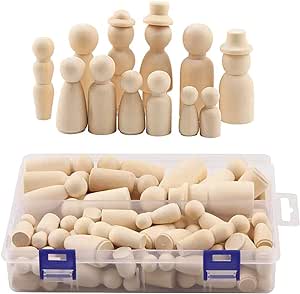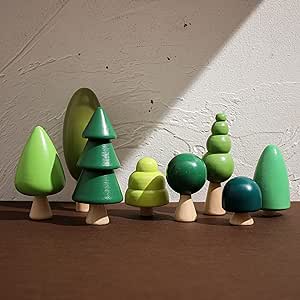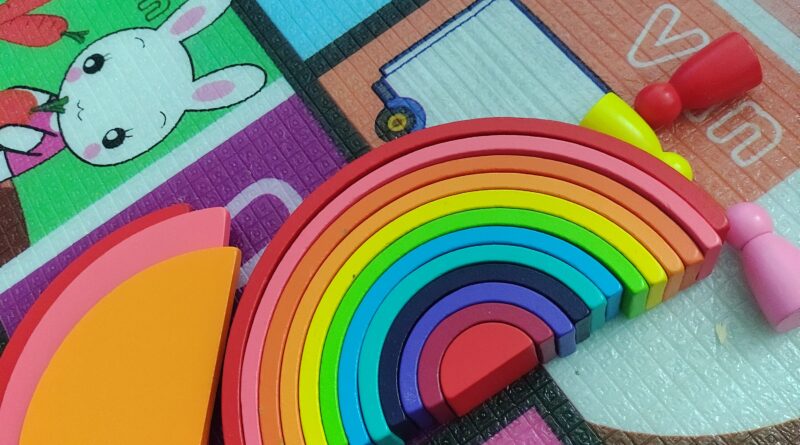Exploring Waldorf Education Materials for Babies
In the realm of early childhood education, the Waldorf Education approach stands out for its emphasis on natural materials and holistic development. Rooted in the philosophy of Rudolf Steiner, Waldorf education seeks to nurture the whole child—mind, body, and spirit—through immersive, sensory-rich experiences. Central to this philosophy are the materials and toys used in the classroom, carefully selected to inspire creativity, foster imaginative play, and connect children to the natural world from the earliest age.
Sensory Dolls:

At the heart of Waldorf education is the belief in the importance of nurturing a child’s senses. Sensory dolls, made from natural materials such as wool and cotton, are crafted to engage a baby’s tactile sense and encourage nurturing behavior. Their soft textures and gentle features invite cuddling and imaginative play, fostering emotional development and empathy.
Silks:

Color plays a significant role in Waldorf education, and silk scarves are a staple in the classroom environment. These vibrant, flowing silks stimulate visual exploration and encourage movement, as babies delight in grasping, waving, and draping them over objects. Beyond their sensory appeal, silks also serve as versatile props for storytelling and dramatic play, igniting the imagination and inviting children into a world of wonder.
Wooden Peg Dolls:

Simple yet full of character, wooden peg dolls are a beloved fixture in Waldorf classrooms. Handcrafted from natural wood and adorned with minimal facial features, these dolls invite open-ended play and storytelling. Babies are drawn to their smooth surfaces and easy-to-grasp shapes, while older children delight in bringing them to life through imaginative narratives and role-playing scenarios.
Wooden Natural Figures:

In Waldorf education, the natural world is celebrated as a rich source of inspiration and learning. Wooden natural figures, including trees, animals, and other elements of the natural environment, serve as tools for storytelling, nature exploration, and imaginative play. Babies are introduced to the beauty and diversity of the world around them through these handcrafted figures, fostering a deep appreciation for the wonders of nature.
Wooden Balance Swing:

Physical activity is an integral part of early childhood development, and the wooden balance swing offers a delightful way for babies to engage their bodies and senses. Suspended from a sturdy wooden frame, this simple yet captivating swing provides gentle movement that stimulates vestibular development and promotes a sense of balance and coordination. As babies sway back and forth, they experience a sense of freedom and joy, connecting them to the natural rhythms of movement and play.
In conclusion, the materials used in Waldorf education for babies are carefully chosen to provide rich sensory experiences, inspire imaginative play, and foster a deep connection to the natural world. From sensory dolls and silks to wooden peg dolls, natural figures, and balance swings, each element contributes to a nurturing environment where children can thrive and grow in mind, body, and spirit.
